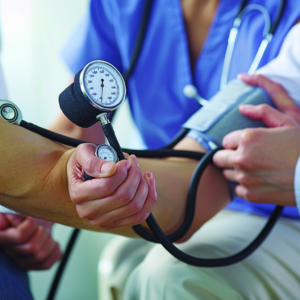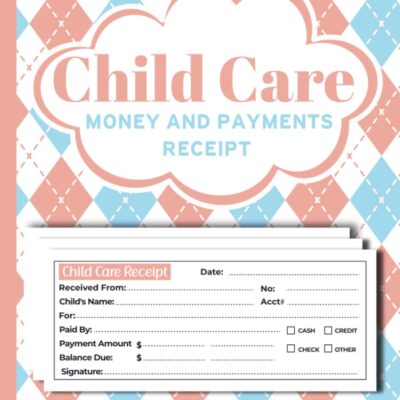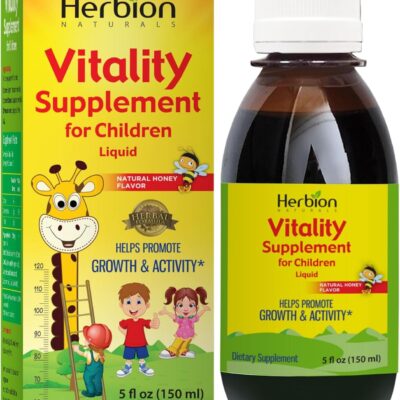
Your diastolic blood pressure reduction is one of the key indicators of your overall health, especially when it comes to your heart. You’ve probably heard a lot about systolic blood pressure (the top number in a reading), but did you know diastolic blood pressure (the bottom number) is just as important? High diastolic pressure means your heart and blood vessels are under extra strain, which can increase the risk of serious health problems like heart disease and stroke.
Thankfully, you don’t need to make drastic changes to start lowering your diastolic blood pressure. With a few simple lifestyle tweaks, you can bring those numbers down and protect your heart in the long run. Let’s break it down into easy steps you can take starting today.
What is Diastolic Blood Pressure?
First, let’s clear up what diastolic blood pressure reduction actually is. When your blood pressure is measured, you get two numbers: the first is systolic (the pressure in your arteries when your heart beats), and the second is diastolic (the pressure when your heart is resting between beats). Both numbers are important, but diastolic pressure tells you how hard your heart is working even when it’s at rest.
A normal diastolic reading falls between 60 and 80 mmHg. When your diastolic pressure regularly climbs above 80, it’s considered elevated, and if it hits 90 or higher, you’re dealing with hypertension (high blood pressure). High diastolic pressure makes your heart work harder than it should, which can cause long-term damage if left unchecked. So, let’s look at how you can bring it down.
Why Reducing Diastolic Blood Pressure Matters
Why does it even matter if your diastolic pressure is high? Well, when your heart and blood vessels are constantly under extra pressure, it can lead to a whole host of problems. These include:
- Increased risk of heart disease
- Stroke
- Kidney damage
- Arterial damage (narrowing or stiffening of arteries)
Reducing your diastolic blood pressure helps relieve the strain on your heart and arteries, keeping your heart healthy and lowering your risk of these serious conditions. It’s all about making sure your heart doesn’t have to work harder than it needs to. And the good news is, a few key lifestyle changes can have a big impact.
Effective Lifestyle Changes
* Regular Exercise
One of the best things you can do for your heart is to get moving. Regular physical activity helps improve blood circulation, strengthens your heart, and makes it easier for your body to maintain a healthy blood pressure level.
- Aerobic exercise like walking, swimming, cycling, or even dancing is great for lowering diastolic pressure. Aim for at least 30 minutes of moderate exercise most days of the week. Don’t feel like you have to run a marathon—simple activities like brisk walking can make a big difference.
- Strength training can also help by building muscle and improving overall heart function. Try incorporating a couple of days of strength training into your routine with exercises like squats, push-ups, or lifting weights.
Consistency is key. You don’t have to do it all at once—small steps lead to big results over time.
* Stress Reduction Techniques
Stress plays a sneaky role in raising your diastolic blood pressure reduction. When you’re stressed, your body releases hormones like adrenaline and cortisol, which can cause temporary spikes in blood pressure. If you’re constantly stressed, this can contribute to long-term hypertension.
The good news? Managing stress is one of the most effective ways to lower your diastolic pressure:
- Meditation or mindfulness practices can help calm your mind and reduce the physical effects of stress. Even just 5-10 minutes of deep breathing or guided meditation can work wonders for your stress levels.
- Yoga combines movement and breathing, helping you relax both your body and mind.
- Taking breaks throughout the day and learning to unwind with activities you enjoy (reading, walking, listening to music) can also help lower stress and keep your blood pressure in check.
The key is finding a method that works for you. Whether it’s yoga or just taking a few moments to breathe deeply, managing stress can lead to better heart health.
Dietary Adjustments for Lower Diastolic Pressure
* Reduce Sodium Intake
Too much salt is one of the biggest causes of high blood pressure, including diastolic pressure. Sodium makes your body retain extra water, which puts more pressure on your arteries and makes your heart work harder.
Here are some simple ways to reduce sodium in your diet:
- Cut back on processed foods, which tend to be loaded with salt (think canned soups, frozen meals, and snack foods).
- Cook at home more often and use fresh ingredients. This way, you have control over how much salt you’re adding.
- Try seasoning your food with herbs and spices instead of reaching for the salt shaker. Garlic, lemon, pepper, and fresh herbs can add tons of flavor without the extra sodium.
The goal is to keep your sodium intake below 2,300 mg per day, but for even better blood pressure control, aim for 1,500 mg or less.
* Increase Potassium-Rich Foods
Potassium is a secret weapon when it comes to balancing blood pressure. It helps counteract the effects of sodium and relaxes your blood vessels, making it easier for your blood to flow.
Some foods high in potassium include:
- Bananas
- Sweet potatoes
- Spinach
- Avocados
- Beans and lentils
Incorporating more of these foods into your diet can help bring your diastolic blood pressure down naturally. Bonus: these foods are also packed with other nutrients that support overall heart health.
* Limit Alcohol and Caffeine
Alcohol and caffeine can both raise blood pressure if consumed in excess, so it’s a good idea to keep them in check.
- Alcohol: Drinking too much alcohol can raise your blood pressure over time. Try to limit your intake to one drink a day for women and two drinks a day for men.
- Caffeine: While the effect of caffeine on blood pressure varies from person to person, it’s worth keeping an eye on your intake if you have high diastolic pressure. If you’re drinking multiple cups of coffee or energy drinks every day, cutting back might help.
Moderation is key. You don’t have to cut out alcohol or caffeine entirely, but limiting your intake can make a difference.
* Medications and Medical Interventions
If lifestyle changes alone aren’t enough to bring your diastolic blood pressure down, medications might be necessary. Your doctor can prescribe medications specifically designed to lower blood pressure, such as:
- Diuretics, which help your body get rid of extra sodium and water.
- ACE inhibitors, which help relax your blood vessels.
- Beta-blockers, which reduce the workload on your heart.
If your doctor prescribes medication, it’s important to take it as directed. Medications can be very effective when combined with healthy lifestyle habits.
Track Your Progress
Lowering your diastolic blood pressure reduction takes time, but it’s important to track your progress along the way. Here’s how you can stay on top of it:
- Monitor your blood pressure at home: You can easily buy a blood pressure monitor for home use, which allows you to check your readings regularly. Keep a log of your results and share them with your doctor during check-ups.
- Stay consistent with your habits: The key to lowering blood pressure is sticking with your new habits. Whether it’s daily walks, reducing salt, or managing stress, small consistent changes add up.
Tracking your progress not only helps you see improvements but also gives you peace of mind that you’re on the right track.
Conclusion
Diastolic blood pressure reduction doesn’t have to be overwhelming. By making small, simple changes to your lifestyle—like getting more exercise, cutting back on sodium, and managing stress—you can significantly lower your diastolic pressure and improve your heart health.
If you need a little extra help, your doctor can guide you through medications or other interventions. The important thing is to take action today and make your heart health a priority. Stick with these strategies, track your progress, and you’ll be on your way to healthier blood pressure in no time.
If you want to learn my #1 Jacked Factory Burn-XT Clinically Studied Fat Burner & Weight Loss Supplement, Click Here Now.





